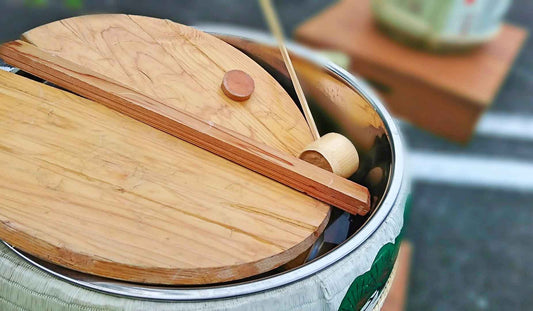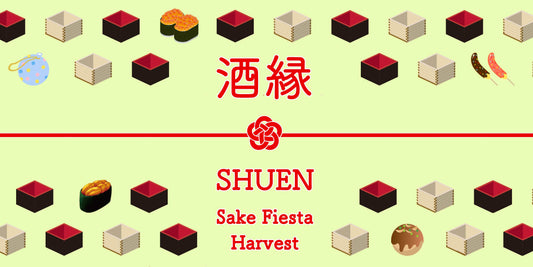Blog

Updates by the renewal
SAKEMARU has recently renewed its website. Please enjoy seasonal limited Sake on SAKEMARU, which has become more convenient. As a result of the SAKEMARU website renewal, there are several changes...
Updates by the renewal
SAKEMARU has recently renewed its website. Please enjoy seasonal limited Sake on SAKEMARU, which has become more convenient. As a result of the SAKEMARU website renewal, there are several changes...

Renewal Promotion
SAKEMARU has renewed its website to provide customers with greater convenience and stability. To commemorate the renewal of service, we will have the great promotion for both subscription and online...
Renewal Promotion
SAKEMARU has renewed its website to provide customers with greater convenience and stability. To commemorate the renewal of service, we will have the great promotion for both subscription and online...

11% OFF FOR ALL ITEMS BY 13 NOV, SORRY FOR THE ...
遅くなってごめんなさい! Coupon Code: supersorryfordelay We apologize for the delay in the October monthly sake delivery. Global logistics is experiencing chaos currently, making it challenging to secure containers. Even when secured,...
11% OFF FOR ALL ITEMS BY 13 NOV, SORRY FOR THE ...
遅くなってごめんなさい! Coupon Code: supersorryfordelay We apologize for the delay in the October monthly sake delivery. Global logistics is experiencing chaos currently, making it challenging to secure containers. Even when secured,...

Merry Christmas & Happy New Year 10% Off Coupon
Please Get Limited Sake with 10% Off and Make Your Holiday More Gorgeous!! We offer a 10% off coupon available on the online shop of SAKEMARU. Please don’t miss this...
Merry Christmas & Happy New Year 10% Off Coupon
Please Get Limited Sake with 10% Off and Make Your Holiday More Gorgeous!! We offer a 10% off coupon available on the online shop of SAKEMARU. Please don’t miss this...

X'mas Sake Tasting and Pairing Workshop in SHUN...
Sake and Decent Japanese Food Pairing and Tasting Workshop in SHUN X SAKEMARU On 21 Dec 5:00 pm - 6:00 pm, SHUN X SAKEMARU will have a casual sake tasting...
X'mas Sake Tasting and Pairing Workshop in SHUN...
Sake and Decent Japanese Food Pairing and Tasting Workshop in SHUN X SAKEMARU On 21 Dec 5:00 pm - 6:00 pm, SHUN X SAKEMARU will have a casual sake tasting...

酒縁 SHUEN
SHUEN 酒縁, the first outdoor Sake event organized by SAKEMARU, proudly supported by Tamaya Dining will be held at 45 Cuppage Terrace on 6 Oct 2019, 2-9pm.Tamaya DiningSHUEN 酒縁, the Japanese Kanji has the exact meaning...
酒縁 SHUEN
SHUEN 酒縁, the first outdoor Sake event organized by SAKEMARU, proudly supported by Tamaya Dining will be held at 45 Cuppage Terrace on 6 Oct 2019, 2-9pm.Tamaya DiningSHUEN 酒縁, the Japanese Kanji has the exact meaning...
